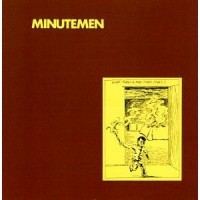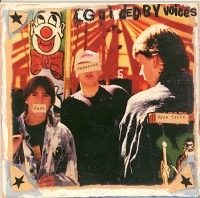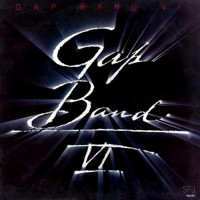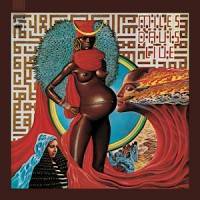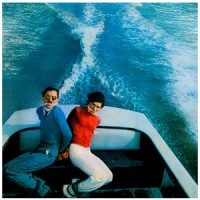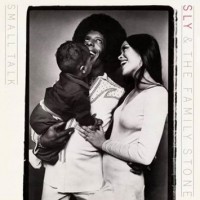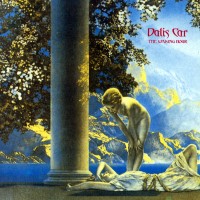
Now this is an interesting piece of New Wave… an album where the members hardly ever met up and sent material to one another, patching vocals and rhythms together, wherever. And what members; Bauhaus singer Peter Murphy broods and self-taught bassist Mick Karn of Japan plays just about everything.
Dalis Car, named after a short Beefheart instrumental, only produced this one full length album, “The Waking Hour,” and it’s a humorless chunk of vinyl that I’d say is akin to PiL’s “Flowers of Romance” but a bit more listenable. No John Lydon caterwauling for one, but also these meditative sub-groove tunes put you in their strange headspace a bit more effectively.
Mick Karn’s bass lines really are the star of the show here. No other bass has his sound, though he lent his abilities to Japan, assisted Murphy here and did session work with Gary Numan. The best example of his style really comes through on the track “Artemis,” an instrumental with simple drum patterns, percussion and horns all sliding by Karn’s fluid, fretless work. Peter Murphy is more or less himself, but he is a bit more tame on this release, which is all the more fitting for such coldly produced material, and I mean that in a good way.
The meeting of minds for Dalis Car was promising, but unfortunately, by the time Karn and Murphy had reunited to make new material, Karn entered a battle with cancer and quickly succumbed. “The Waking Hour” is not only of interest to fans of Japan and Bauhaus, but a great slice of New Wave that could have potentially led down some interesting avenues. -Wade


